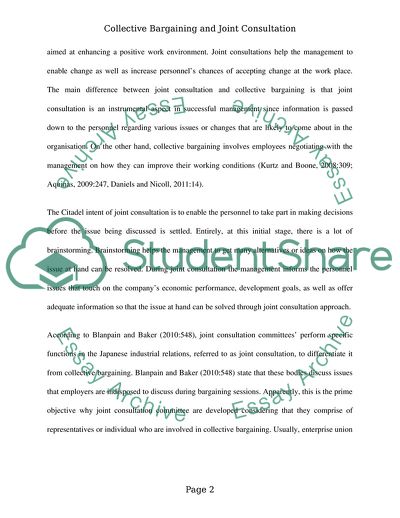Not Found (#404) - StudentShare. https://studentshare.org/human-resources/1842867-using-employee-voice-frameworks-and-theory-compare-and-contrast-the-practices-of-collective-bargaining-and-joint-consultation-as-a-means-by-which-employees-may-influence-management-decision-making
Not Found (#404) - StudentShare. https://studentshare.org/human-resources/1842867-using-employee-voice-frameworks-and-theory-compare-and-contrast-the-practices-of-collective-bargaining-and-joint-consultation-as-a-means-by-which-employees-may-influence-management-decision-making.


